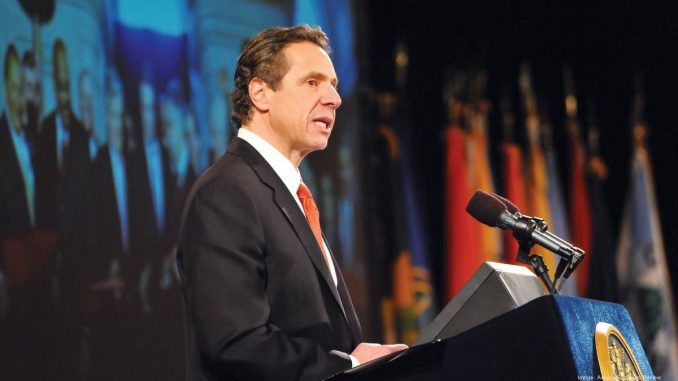
New York State’s suicide rates reached its highest in state history in 2012 at 8.4 deaths per 100,000 state residents. In 2014, 565 suicides were reported in New York City. The suicide rates in New York City increased from 5.5 in 2000 to 6.3 per 100,000 people in 2014. Since 2012, more and more awareness for depression and suicidal thoughts in adults and adolescents has been raised.
On Nov. 16, Gov. Andrew Cuomo announced the formation of the New York State Suicide Prevention Task Force, which will be comprised of agencies, local governments, not-for-profit groups and other recognized experts in suicide prevention. The fruition of the task force has been in the works since Cuomo announced the coalition in his 2017 Address of the State. Although the purpose of this coalition is to build awareness of and increase access to supportive services for all State residents, the focal point of the project is to offer sources of help specific to preventing suicide in high-risk groups including adolescents, veterans and LGBTQIA+ community.
“The rise in the number of suicides nationwide is unacceptable, and New York will continue to make suicide awareness and prevention a top priority until we put an end to this epidemic,” said Cuomo in a press release. “The Suicide Prevention Task Force will focus on high-risk communities and groups to build on our efforts to address this challenge, and help build a stronger, healthier New York for all.”
As reported in the same press release, New York has the fifth largest total number of suicides in the nation, with 1,652 in 2015, with an estimate of 25 non-fatal attempts for every suicide death.
“Not only is it good to see Cuomo is creating a task force that will offer more support for suicidal individuals in general, but the attention being paid to high-risk groups shows his administration has their ear to the ground with who is really struggling in the state,” said Mckenzie McNeill, president of SUNY New Paltz Association for Suicide Awareness and Prevention (ASAP).
According to Long Island Crisis Center (LICC) Associate Executive Director Theresa Buhse, suicide hotlines are one of many counseling resources experiencing an increased influx of people in need of services each year, specifically young adults.
The LICC averages about 30 calls a day. These calls can range anywhere from five minutes to an hour, depending on if the caller is simply looking for a referral to a psychologist or psychiatrist, or if they are in serious emotional crisis.
“Sometimes counselors on the phone don’t even have a chance to breathe,” Buhse said. “You never know what the day is going to be like. If we can help save one life, it is time well spent—the people that I work with are compassionate, caring individuals from a variety of backgrounds, ages, professions and stages of life. They all generously give their time to help make a difference.”
For LICC volunteer Quinn Dominguez, the young adults she counsels despair over feelings of isolation, identity issues, failure and an overall feeling of detachment from reality.
“The bar is set a lot higher, the economy is not great and it is very difficult for college graduates to find jobs in their field,” Dominguez said. “Combine this with a society that is highly dependent on computer technology and you get widespread social discourse, disconnection and depression.”
Ashley Maguire, fourth-year psychology major is a member of OASIS and HAVEN, a two peer support services on campus, supervised by the SUNY New Paltz Psychological Counseling Center (PCC). Like Dominguez at LICC, Ashley and her peers find that many of those who call their crisis counseling hotline are struggling with college-related and issues young adults are prone to experiencing.
“Although the counseling center is a great resource, sometimes students in distress feel more comfortable speaking with other students about their feelings, that’s what we are here for,” Maguire said. “Cuomo’s initiative to pay extra attention to high-risk groups addresses the type of issues students are struggling, and reflects the rising rates of depression, anxiety and suicidal thoughts in our age group.”
Cuomo’s Task Force members will soon begin examining and evaluating current suicide prevention programs services and policies in the state. It is expected that members will then make recommendations to increase access, awareness, and support for children, adolescents and adults in need of assistance. Reflecting the Task Force’s consciousness of the current social climate, they will also explore methods to address and prevent bullying and cyberbullying.
